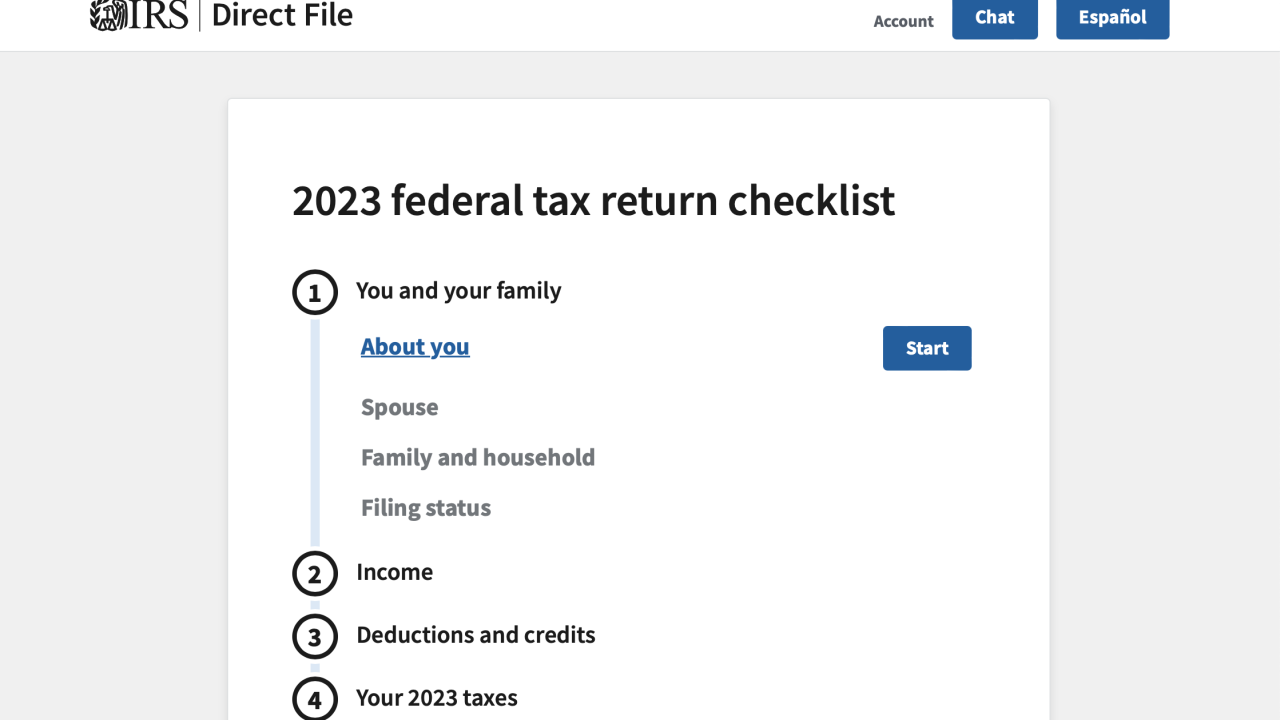While you may have “nanny taxes” covered for your clients who have hired household help, wage laws can cause serious compliance problems — including fines, payment of back taxes with interest, and potentially
It may seem simple: Your client tells you how many hours an employee worked and their hourly rate at the end of every quarter. You figure out the taxes and file Form 1040-ES. You think there is nothing to worry about and may not be aware of issues until it’s too late.
Here’s how problems develop and how you can help your clients prevent them: Household workers like nannies and housekeepers are employees (not independent contractors) covered by the federal Fair Labor Standards Act. That means they are to be paid at least minimum wage with time and a half for overtime hours. The highest minimum wage of the federal, state and local rates applies. Even though the federal minimum wage is $7.25 per hour, many states, counties and cities have much higher rates.

How do your clients get in trouble? First, if they are paying minimum wage, they may not be applying the correct rate or keeping up with rate increases, which could supersede their employee’s hourly pay. Next, they don’t account for overtime, which are typically hours worked over 40 in a week. This can be a result of sloppy or nonexistent timekeeping.
If your clients turn to you to help manage their nanny taxes, you’ll want to see weekly timesheets, a pay rate at or above the applicable minimum wage, and overtime hours paid at time and a half. That way, you can stop and rectify wage violations before they snowball into bigger problems.
It’s not a requirement that the timesheets are signed by the employee, but it’s a good practice to have your client’s workers acknowledge that the records are accurate. With electronic timekeeping, it can even be done online or through a mobile app. This will help correct errors promptly, reduce the likelihood of unreported hours, settle any pay disputes should issues arise down the road, and diminish the chance of an employee lawsuit.
Another way your clients can fall into noncompliance is by paying a flat weekly salary to their employees no matter the number of hours worked per week. Nannies and housekeepers are nonexempt employees so they can’t be paid salaries; they must be paid hourly and are eligible for overtime pay.
However, your client can pay guaranteed hours, which may seem like a salary, but it’s a weekly rate based on set hourly and overtime wages and typical hours worked each pay period. For example, let’s say your client hires a nanny for 45 hours a week at a rate of $20 per hour with time and a half for overtime. Their nanny would be paid $950 per week gross ($20 x 40 regular hours + $30 x 5 OT hours). The nanny receives this weekly rate as long as the time didn’t exceed 45 hours. In this example, hours worked over 45 would be paid at time and a half above and beyond the guaranteed compensation.
Also, the concept of “banking” hours while paying a guaranteed weekly rate is also against the law. Continuing with this example, if the nanny works 43 hours one week, the nanny still gets paid their weekly rate based on their 45-hour work week. They shouldn’t be expected to work 47 hours a different week (making up those two hours not worked in a previous week) and not be paid overtime for those extra hours. A 47-hour work week would mean two more hours of overtime and $60 additional in the nanny’s paycheck.
If you client decides to go with guaranteed hours, make sure it’s spelled out in the contract or work agreement with their employee. The agreement should state a gross, guaranteed weekly compensation broken down by hourly wage, overtime rate and hours in a work week. Your client should still keep timesheets even with guaranteed hours.
It’s best to confirm wages and hours worked and rectify any issues at least quarterly before filing Form 1040-ES for your client, if not more frequently. This way you’re remitting taxes based on accurate wage information.
By following these steps, you can help keep your clients stay compliant with the wage laws that frequently cause the most problems for household employers. They’ll avoid fines and penalties and reduce the risk of a disgruntled employee filing a lawsuit over wage violations. If you have a high-profile client, these types of legal actions make perfect tabloid headlines. Also, missteps with nanny taxes can open your client to a larger audit by the IRS or state tax agency.
You’ll also be doing yourself a favor by avoiding the hassles of nanny taxes in the middle of tax season. The last thing you need to be doing is tracking down hours worked and wages for employees. By staying on top of payroll throughout the year, it’ll be easy to create W-2s for employees, file a W-3 with the Social Security Administration, which needs to be done by Jan. 31, and complete Schedule H for your client’s personal tax return. And now you’ll have additional time for more complex tasks and profitable work for your firm.





